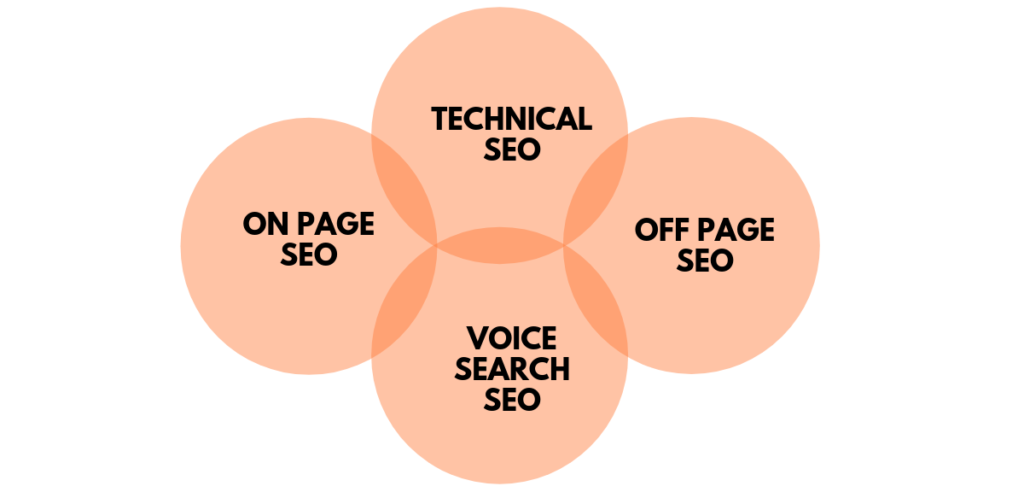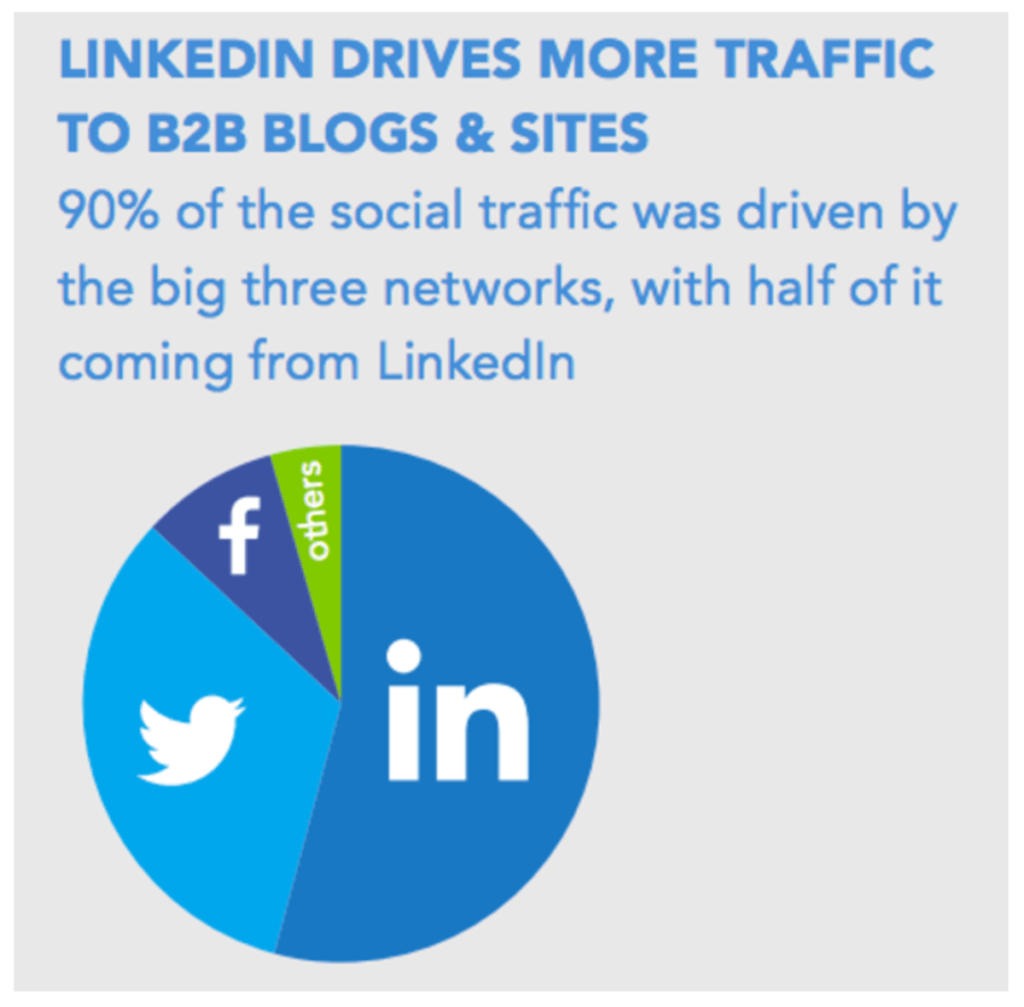Artificial intelligence (AI) and machine learning are revolutionizing the e-commerce industry. By leveraging data and algorithms, retailers can deliver unparalleled personalized experiences, optimize operations, and make strategic decisions driven by powerful insights. This article explores the key applications of AI and ML that are elevating customer satisfaction while enabling businesses to thrive.
Introduction
The digital revolution is not just about data and computing power; it’s about unlocking customer intimacy at an unprecedented scale. Savvy retailers are no longer simply understanding customers on an individual level, they are predicting, anticipating, and exceeding their expectations through the magic of AI and ML.
Hyper-personalization is the hallmark of how AI enhances e-commerce. Customers feel valued when brand interactions feel human, relevant, and thoughtful. AI allows retailers to scale personalized experiences to every individual shopper.
On the operations side, AI optimizes everything from forecasting and logistics to fraud prevention and customer retention. By crunching large data-sets, algorithms uncover hidden insights humans would miss. This enables smarter strategic decisions to improve efficiency and the bottom line.
For consumers, AI makes shopping online easier, more convenient, and enjoyable. The technology minimizes pain points like searching for products, guessing sizing, and waiting for customer support.
For businesses, implementing AI provides actionable data, automates processes, and delights customers. AI represents a significant competitive advantage in retail.
This article will explore 10 impactful applications of AI and ML in e-commerce along with real-world examples and actionable recommendations. Let’s dive in to see the examples!
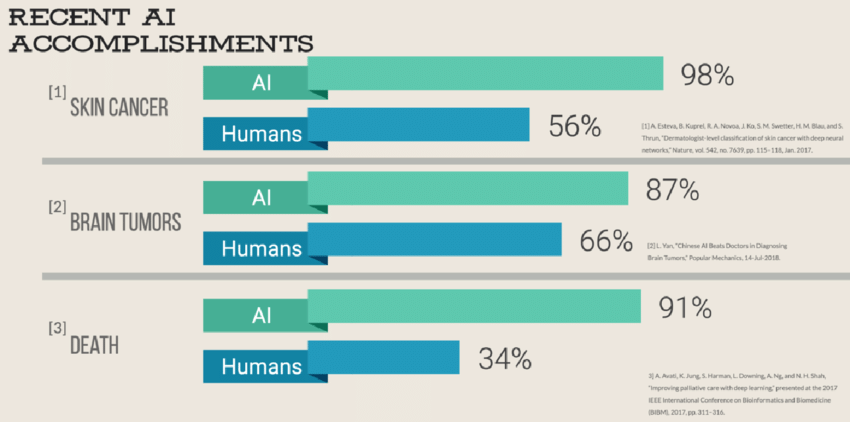
Personalised Shopping Experiences
72% of consumers say personalised shopping experiences influence their purchasing decisions. AI allows retailers to tailor product recommendations, site content, and offers to each individual shopper based on their unique interests and behaviours.
Purchase History
Product recommendations based on purchase history are one of the most common AI applications. The algorithm analyses what a customer has bought in the past to suggest relevant items they may want to buy again.
For example, if a shopper purchases diapers frequently, the site may recommend additional baby products like wipes, blankets, and bottles. This nurtures the existing interest to increase basket size.
Browsing Behaviour
Online browsing patterns provide a wealth of data about customer interests. AI tools track pages visited, products viewed, and content engagement. These insights inform recommendations to showcase products aligned with demonstrated interests.
For example, if a user spends time browsing fitness gear and sports shoes, the site may highlight athletic apparel and training programs. This matches merchandising to the context of their visit.
Demographic Data
Factors like age, gender, location, income level, and more allow retailers to divide consumers into segments with common needs and interests. AI can customise site experiences for different demographics.
For example, teenagers may see trendy fashion and music content while retirees get recommendations for travel and hobbies. Matching the experience to the segment makes it more relevant.
Implementing Personalisation
To provide personalised experiences, retailers need to collect and connect data across channels to build unified customer profiles. This includes purchase history, browsing behaviour, demographics, service interactions and more.
With integrated data, AI algorithms can analyse each customer profile to understand preferences and tailor the experience. Testing different approaches identifies what resonates best with different segments.
ML Search Algorithms
Traditional search relied on matching keywords, often producing irrelevant results. ML search analyses the full context to discern intent from natural language queries. This allows shoppers to find products faster with more relevant results.
Understands Context
Rather than just matching keywords, ML algorithms parse the entire query to determine the underlying intent. This eliminates ambiguity and irrelevant results.
For example, a search for “apple” would return different results for someone looking for fruit vs electronics. ML search understands the context.
Learns from Interactions
As users search, click, and purchase, ML algorithms track correlations between queries and engagement. These signals train the algorithm to improve results over time.
For example, if users searching “sneakers” click running shoes, the algorithm learns sneakers = running shoes in this context.
Natural Language Queries
Shoppers can use conversational language rather than rigid keywords. ML search understands colloquialisms, synonyms, and related concepts.
For example, queries like “I need new workout shoes” or “running sneakers” intelligently return athletic shoes.
Implementing ML Search
The key is training the algorithm by tracking search terms, clicks, and purchases over time to improve relevance. Test variations like expanded synonym mapping, diversifying results, and query rewriting.
Predictive Analytics for Demand Forecasting
Predictive analytics leverages historical sales data and external signals to forecast demand with up to 95% accuracy. This enables optimal inventory planning and supply chain management.
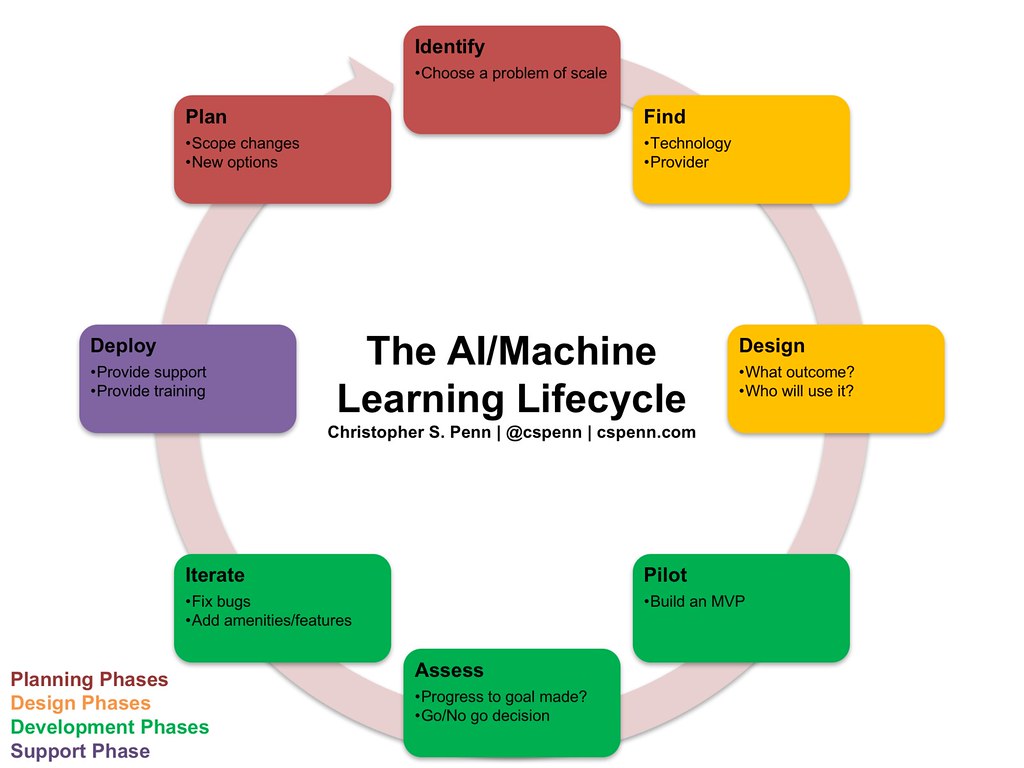
Analyse Past Sales Trends
Algorithms process millions of data points on past sales across products, categories, locations, and time periods to identify trends and seasonal patterns. This provides the baseline forecast.
Incorporate External Factors
The algorithm adjusts the forecast based on signals like promotions, pricing changes, market conditions, weather, and events that may influence future demand.
Continuously Update Models
As new sales data comes in, the algorithm compares actual demand vs forecast to improve accuracy. It learns which signals have the highest correlation with demand.
Inventory & Supply Chain Optimization
With demand forecasts, retailers can optimize inventory buffers, placement, and supply chain operations. Products can be positioned near demand hot spots ahead of time. Suppliers have visibility to plan production and shipping. This minimizes waste, shortages and rush delivery costs.
AI Chatbots for Instant 24/7 Customer Service
AI chatbots use NLP to understand customer questions and immediately provide answers without human involvement. This delivers instant self-service for common inquiries to improve satisfaction.
Natural Language Processing
Using NLP, chatbots analyze sentence structure, context, grammar, and vocabulary to discern the meaning and intent behind customer questions. This allows free-form conversational queries.
Pre-Defined Answers
Chatbots can be programmed with hundreds of common questions and corresponding answers. For repeated inquiries like order status, shipping, returns, and discounts, the bot provides consistent, accurate responses.
Integrations Access Data
Chatbots integrate with order databases, product catalogs, and other backend systems to retrieve the latest information. This enables real-time responses based on actual data instead of rigid scripts.
Escalate Complex Issues
When questions require more nuance or human touch, chatbots seamlessly escalate the conversation to live agents. This optimizes efficiency to resolve routine questions instantly while still providing personalized service.
AI Optimises Logistics and Supply Chains
AI enables real-time visibility and intelligent decision-making across global supply chains. Algorithms crunch data to optimize routing, inventory, delivery time predictions, and warehouse operations.
Optimal Delivery Routing
AI considers factors like traffic, weather, fuel costs and equipment availability to calculate the most time and cost efficient delivery routes. It continuously monitors conditions and reroutes shipments dynamically.
Precise ETAs
By analysing past delivery data, order details, and current transportation statuses, AI can generate accurate delivery ETAs and proactively notify customers. This sets realistic expectations while allowing time to resolve any potential fulfilment issues.
Inventory Optimization
AI models predict demand surges and shortages. This allows retailers to proactively reallocate inventory across the network to meet anticipated needs. Excess stock can also be redirected before expiring.
Automated Warehouse Operations
In warehouses, AI guides robots to pick, pack and sort items efficiently. Machine vision systems scan packages and direct them to correct loading bays. This automation provides scalability and reduces human errors.
Hyper-Personalisation at Scale
Leveraging AI, retailers can provide hyper-personalized experiences tailored to the needs of each individual. This transforms generic e-commerce into customized 1:1 connections.
Micro-Segmenting Shoppers
Analyse data like demographics, purchase history, interests, and browsing behaviour to divide consumers into micro-segments with common preferences and needs.
For example, identify subsets like “yoga moms”, “teen gamers” or “retired DIYers” based on shared characteristics.
Tailor Experiences to Segments
Curate content, product recommendations, promotions, and the overall shopping experience to align with the interests of each micro-segment.
Show yoga moms athleisure wear and healthy snacks. Gamers see electronics and gaming gear. DIYers get home improvement supplies.
Evolving Personalisation
Continuously analyse the newest data on browsing behaviour and purchases to refine segments and experiences. Test variations to identify what resonates best.
For example, customize based on recent searches, out-of-stock items, or frequently viewed categories to keep it contextual.
Build 1:1 Connections
Hyper-personalization makes customers feel understood and catered to as individuals. They engage more when content and offers align with their needs. This fosters brand loyalty.
Virtual Try-On with Augmented Reality
AR virtual try-on allows shoppers to visualize products on themselves from home. This provides confidence about fit and appearance before purchase.
Reduces Returns
By seeing how clothes and accessories look when worn, customers can select the right size and style for their body type. This reduces returns from poor fit or style mismatches.
Enhances Experience
AR try-on mimics an in-store fitting room experience online. This increases engagement as shoppers see products realistically on themselves before buying.
Expands Accessibility
Virtual try-on expands access for those unable to visit physical stores due to mobility issues, geographic barriers, or busy schedules. They can “try before they buy” from home.
Implementation Tips
Start with categories with highest return rates like apparel, shoes, and accessories that need to be tried on for fit. Expand to makeup, hair colours, and glasses to visualize look.
Visual Search for Intuitive Discovery
Visual search allows shoppers/ customers to take a photo of a product they see and find where to buy it or similar items. This provides an intuitive way to shop.
Eliminates Guesswork
Rather than trying to describe an item in text, shoppers can simply upload an image. Visual search identifies the exact product or similar ones based on visual attributes like shape, colour, and patterns.
Enhances Browsing
Visual search bridges the gap between inspirational content and shoppable product catalogs. Any image can become a gateway to recommendations and transactions.
Mobile-Friendly
Visual search is ideal for mobile. See an item you like? Snap a quick photo to find out where to get it rather than typing complex descriptions.
Expanding Capabilities
In addition to static images, visual search technology is expanding into video search. Soon shoppers may be able to record a video of someone wearing an outfit on the street and find clothing to recreate the look.
Voice Commerce via Virtual Assistants
Voice commerce allows customers to make purchases using voice commands with virtual assistants. This enables hands-free shopping.
Hands-Free Convenience
Cooking, driving, exercising, etc – voice provides a convenient hands-free way to shop in situations where typing is difficult.
Expanded Accessibility
Voice shopping allows those with disabilities or mobility limitations to independently browse and purchase.
Natural Conversations
Voice assistants understand natural speech patterns and contexts. Customers can speak conversationally as they would with an in-store associate.
Current Limitations
– Privacy concerns around always-listening devices
– Limited discovery compared to visual browsing
– Accuracy challenges understanding diverse accents and languages
Future Possibilities
As smart speaker adoption grows, consumers may regularly use voice to re-order essentials, research products, and make routine purchases conveniently.
AI Product Recommendations
Sophisticated algorithms analyse past purchases, browsing history, and similarities across products to serve up ultra-targeted recommendations. This increases order values.
Frequently Bought Together
Suggest products that are commonly purchased along with items in the shopper’s cart or browsing history like batteries with electronics or shoelaces with sneakers.
Past Purchase History
If a customer has bought fitness gear before, recommend similar workout clothes and equipment they may need to restock.
Cross-Sell Complementary Items
Identify complementary products to upsell based on what shoppers are currently viewing. Show laptop bags if browsing laptops or phone cases if viewing phones.
Features/Benefits Matching
Analyse product attributes to recommend alternatives with similar features, like suggesting competitors’ cameras with comparable megapixels and zoom capabilities.
Interact and Iterate
Monitor clicks, adds to cart, and purchases to gauge engagement with different recommendation approaches. Refine algorithms to serve suggestions customers demonstrate interest in.
Dynamic Pricing Driven by AI
AI algorithms automatically adjust prices based on competitor data, demand forecasts, inventory levels, and other metrics to optimise revenue.
Competitive Pricing Analysis
Continuously monitor competitors’ pricing on matching items. Adjust prices on your inventory to stay competitive.
Surge Pricing
When demand spikes on hot items, increase prices to match demand and maximise revenue.
Personalised Promotions
Offer customised promotions and sales prices to targeted customer segments based on price sensitivity and purchase history data.
Inventory-Based Discounts
Automatically apply discounts on items that need to be sold based on declining inventory forecasts to liquidate stock by expiration dates.
A/B Testing
Run A/B tests with different pricing algorithms and compare revenue results. This identifies the optimal pricing strategy.
Fraud Prevention with AI
AI analyses massive amounts of transaction, location, and behaviour data to identify patterns indicating fraud in real time. This prevents abuse.
Detect Unusual Activity
Analyse past purchase history and location patterns to flag transactions that seem abnormal like dramatically larger order sizes or shipping to new addresses.
Recognise Suspicious Behaviour
AI can identify behaviours like account takeovers, false reviews, and scripted bots adding items to cart to detect fraud and abuse.
Payment Provider Integration
Work with payment providers to identify usage patterns across the network like repeated credit card numbers linked to different accounts. This reveals larger fraud rings.
Balance Security and Convenience
Set thresholds to flag suspicious activities for further verification without excessively disrupting genuine customers. Prioritise blocking rampant abuse over minor anomalies.
Rapidly Evolving Technology
Continuously refine fraud prevention models as new techniques emerge. Use automated simulations and scenario testing to identify blind spots.
Customer Retention Strategies
Identify users at high risk of churning so you can take proactive retention measures with special offers and incentives.
Predict Churn Risk
Analyse past behaviours of churned users to detect patterns that may indicate churn risk. Key metrics to track include reduced order frequency, declined renewal rates, service contacts preceding cancellation, and lapsed usage of accounts.
Identify At-Risk Customers
Continuously score customers based on the churn risk patterns to identify those most likely to cancel or lapse soon. Focus retention efforts on these high scores segments.
Proactive Retention Offers
Send special promotions and incentives to high-risk users to re-engage them before they churn. Personalise offers based on their purchase history and interests.
Understand Root Causes
Collect feedback from both current and former customers about frustrations and reasons for considering churn. Use surveys, interviews, and sentiment analysis to uncover pain points.
Continuous Improvement
Measure results of retention campaigns and refine approaches. Identify where more self-service tools or education could reduce customer frustration and churn risk.
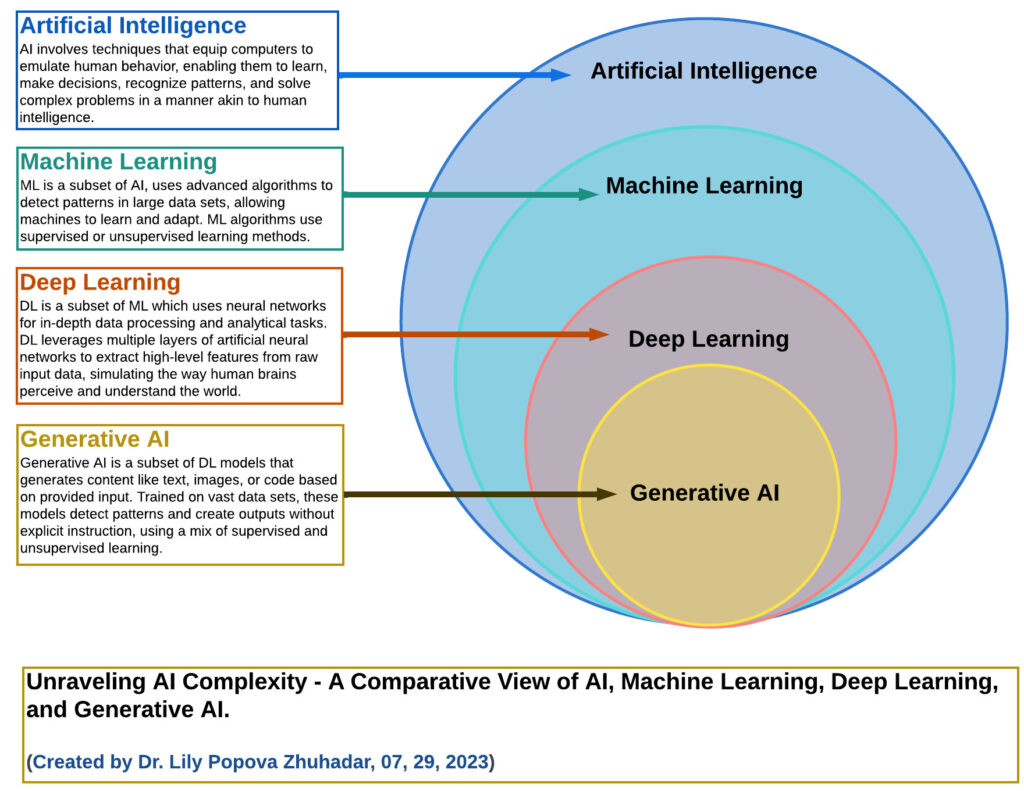
Conclusion
Implementing AI and machine learning provides transformative benefits for both e-commerce businesses and their customers. As the technology continues advancing, AI will enable ever more streamlined, personalised shopping experiences.
For customers, AI eliminates friction and guesswork throughout the purchase process. They receive tailored recommendations, convenient self-service, and new capabilities like visual search and virtual try-on. Shopping becomes an engaging, intuitive experience.
For businesses, AI optimizes operations, provides actionable analytics, and delights customers. Companies gain predictive insights to inform strategy and keep costs low while maximizing revenue.
Overall, embracing AI represents a significant competitive advantage for forward-thinking e-commerce brands. The future belongs to retailers who leverage data and algorithms to transform static shopping into intelligent, customised brand interactions.

